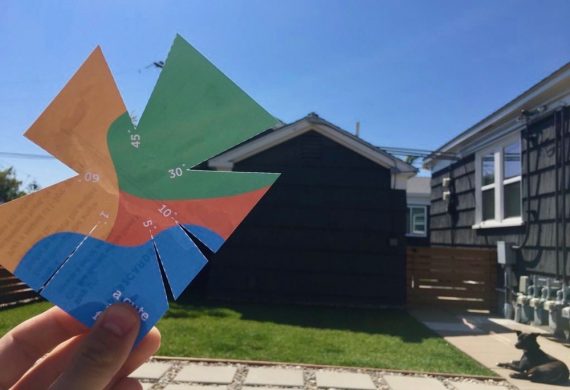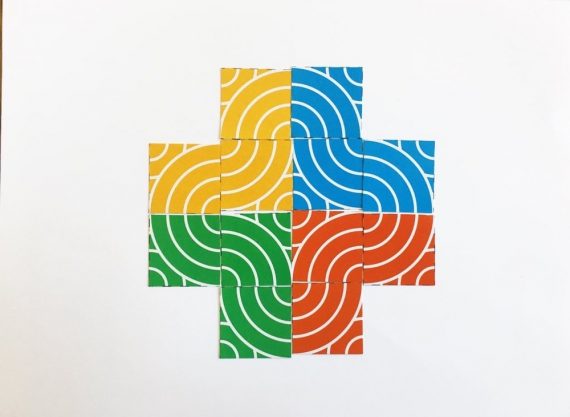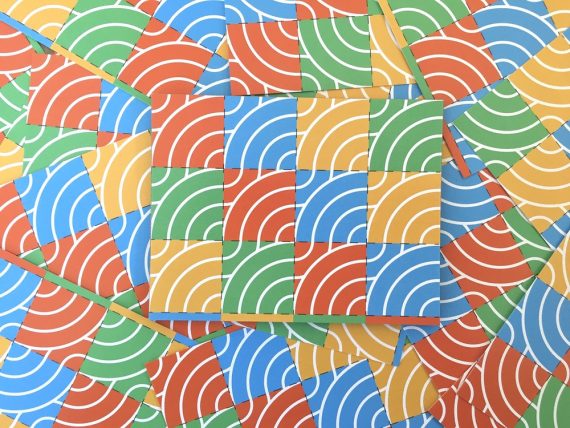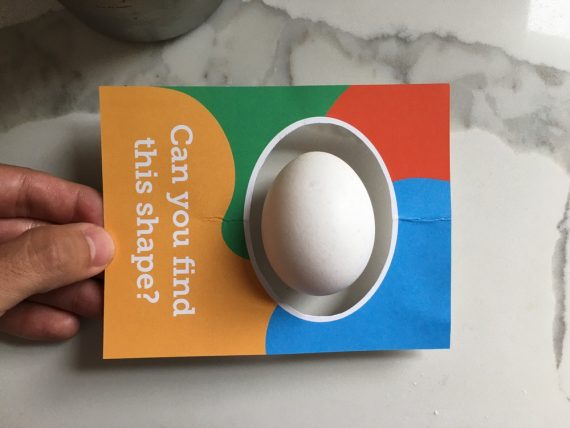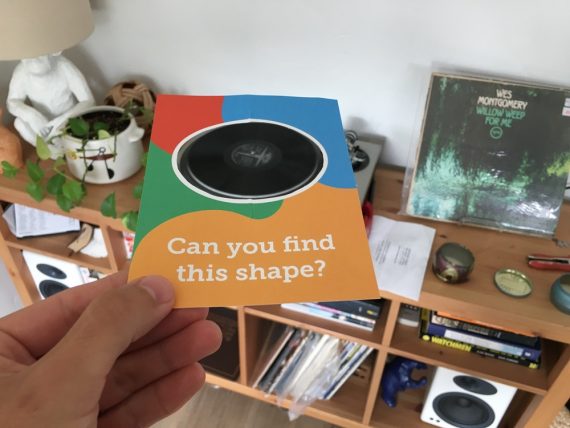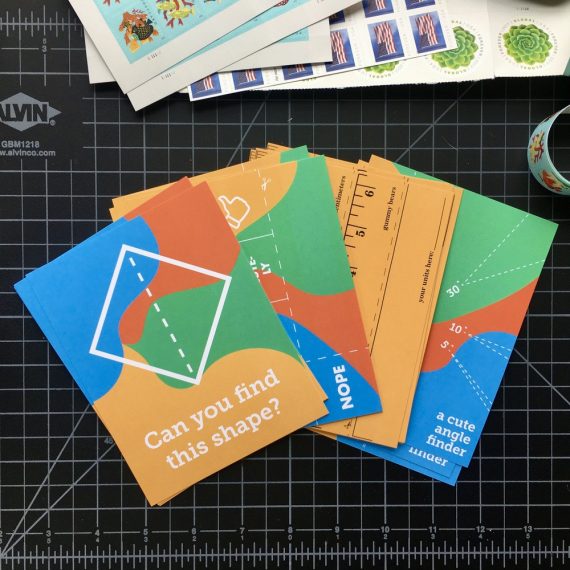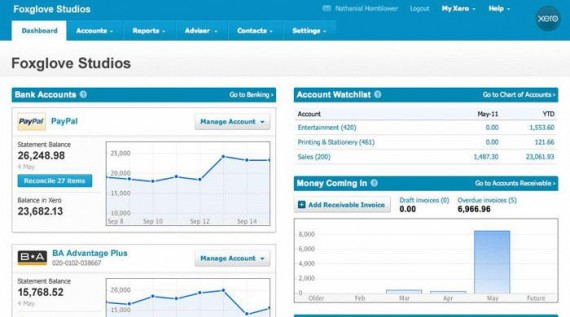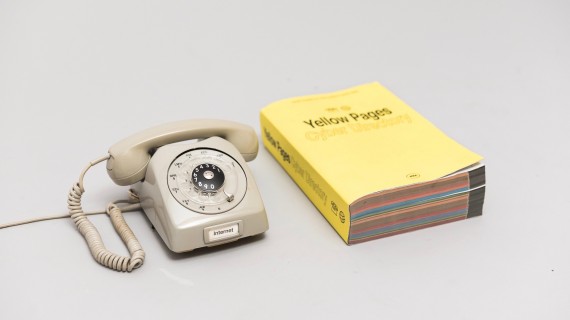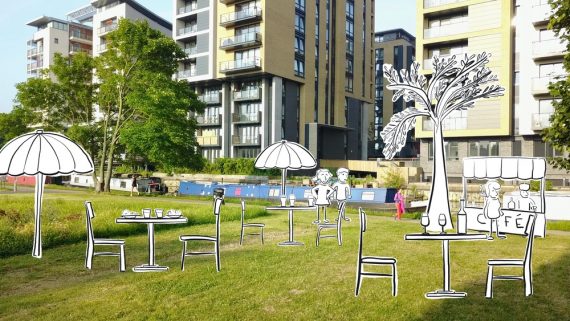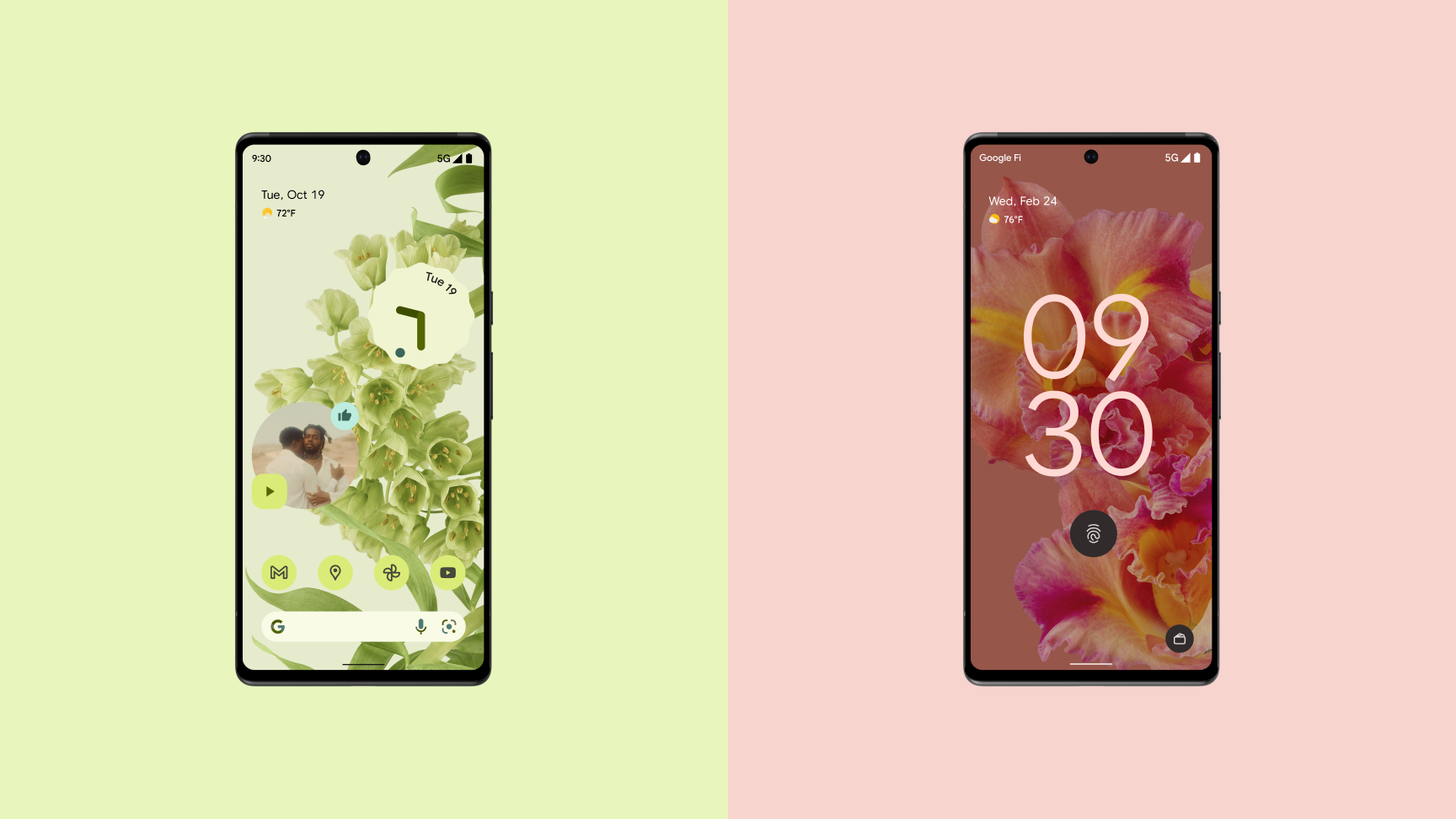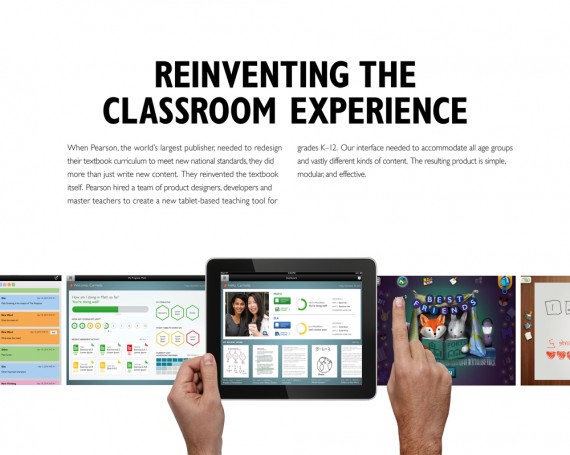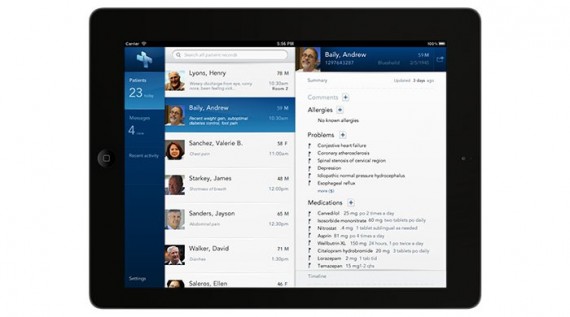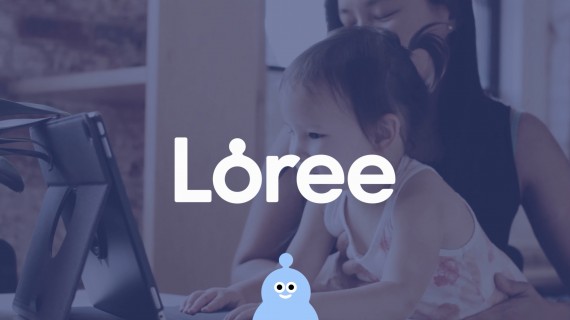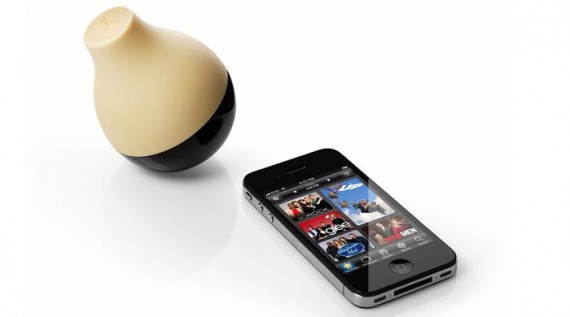Public Math Postcards
Team
Company | Institution
Category
Type
Project description
In late winter 2020, the onset of the COVID-19 pandemic necessitated restrictions on travel, commerce, and public gatherings. Public Math is an organization dedicated to provoking joyful math conversations in public spaces. In a time and place where there are no public spaces, how might we adapt our work?
In late winter 2020, the onset of the COVID-19 pandemic necessitated restrictions on travel, commerce, and public gatherings. Public Math is an organization dedicated to provoking joyful math conversations in public spaces. In a time and place where there are no public spaces, how might we adapt our work?
We wanted to design for families where they are, and that is at home. We value engagement over telling, and conversation over correctness. If we could not provoke wonder and discussion in public, we needed to provoke them in families’ homes.
We settled on postcards, and asked ourselves, “What math can you elicit with a postcard?”and “What math can children do with a postcard?”
Our first answer was that a postcard—when something is cut out from it—could be a frame for looking at the everyday world in a mathematical way. To this end, we made angle and shape finders. These designs encouraged families to look through the postcard, discuss, and even document with photography, as in the submitted images. We made a postcard of rulers—demarcated in inches, centimeters, gummy bears, and a unit to be determined by the recipient.
Next, we turned our attention to providing families the means for mathematical creativity: a Truchet Tiles postcard. This postcard consists of 12 colorful patterned squares to cut and arrange in patterns. This theme continues with two postcards we designed in partnership with other nonprofits: the Pattern Block Heart, and the Pattern Block Sankofa (not pictured).
Our third postcard type is a conversation starter. “Is it a vehicle?”, while not explicitly mathematical in content, is a provocation to refine and improve a definition which is usually only implicit. This process is mathematical, whether the subject of the definition is itself mathematical or not. Talking about vehicles lowers the stakes, and therefore the anxiety level as people play with definitions. Including surprising examples (such as a carrier pigeon and even the postcard itself) allows for open, free-flowing conversation between children and caregivers, and for wondering about other examples beyond those included on the postcard—or even additional categories such as sandwich, word, or shape.
Finally, our design needed to address the question: Who do we send them to? We established two distribution channels: (1) An online form where you could request a postcard for yourself or a friend, and (2) Selling postcard sets through our website, allowing people to write on and mail postcards themselves. We sought a wide, diverse audience for the online form, and we imagined primarily teachers for the sets.
We have sent over 2,000 postcards directly, with funding from two partner organizations (The Math Learning Center, and The MathHappens Foundation), as well as revenue from the sale of over 6,000 postcards in sets.
We have received images of families using postcards to find angles in leaf growth patterns and to measure cakes. We have heard about household conversations about area to perimeter ratios, and seen many delightful pictures of children and parents joyfully finding shapes in their neighborhoods.
In late winter 2020, the onset of the COVID-19 pandemic necessitated restrictions on travel, commerce, and public gatherings. Public Math is an organization dedicated to provoking joyful math conversations in public spaces. In a time and place where there are no public spaces, how might we adapt our work?
We wanted to design for families where they are, and that is at home. We value engagement over telling, and conversation over correctness. If we could not provoke wonder and discussion in public, we needed to provoke them in families’ homes.
We settled on postcards, and asked ourselves, “What math can you elicit with a postcard?”and “What math can children do with a postcard?”
Our first answer was that a postcard—when something is cut out from it—could be a frame for looking at the everyday world in a mathematical way. To this end, we made angle and shape finders. These designs encouraged families to look through the postcard, discuss, and even document with photography, as in the submitted images. We made a postcard of rulers—demarcated in inches, centimeters, gummy bears, and a unit to be determined by the recipient.
Next, we turned our attention to providing families the means for mathematical creativity: a Truchet Tiles postcard. This postcard consists of 12 colorful patterned squares to cut and arrange in patterns. This theme continues with two postcards we designed in partnership with other nonprofits: the Pattern Block Heart, and the Pattern Block Sankofa (not pictured).
Our third postcard type is a conversation starter. “Is it a vehicle?”, while not explicitly mathematical in content, is a provocation to refine and improve a definition which is usually only implicit. This process is mathematical, whether the subject of the definition is itself mathematical or not. Talking about vehicles lowers the stakes, and therefore the anxiety level as people play with definitions. Including surprising examples (such as a carrier pigeon and even the postcard itself) allows for open, free-flowing conversation between children and caregivers, and for wondering about other examples beyond those included on the postcard—or even additional categories such as sandwich, word, or shape.
Finally, our design needed to address the question: Who do we send them to? We established two distribution channels: (1) An online form where you could request a postcard for yourself or a friend, and (2) Selling postcard sets through our website, allowing people to write on and mail postcards themselves. We sought a wide, diverse audience for the online form, and we imagined primarily teachers for the sets.
We have sent over 2,000 postcards directly, with funding from two partner organizations (The Math Learning Center, and The MathHappens Foundation), as well as revenue from the sale of over 6,000 postcards in sets.
We have received images of families using postcards to find angles in leaf growth patterns and to measure cakes. We have heard about household conversations about area to perimeter ratios, and seen many delightful pictures of children and parents joyfully finding shapes in their neighborhoods.

